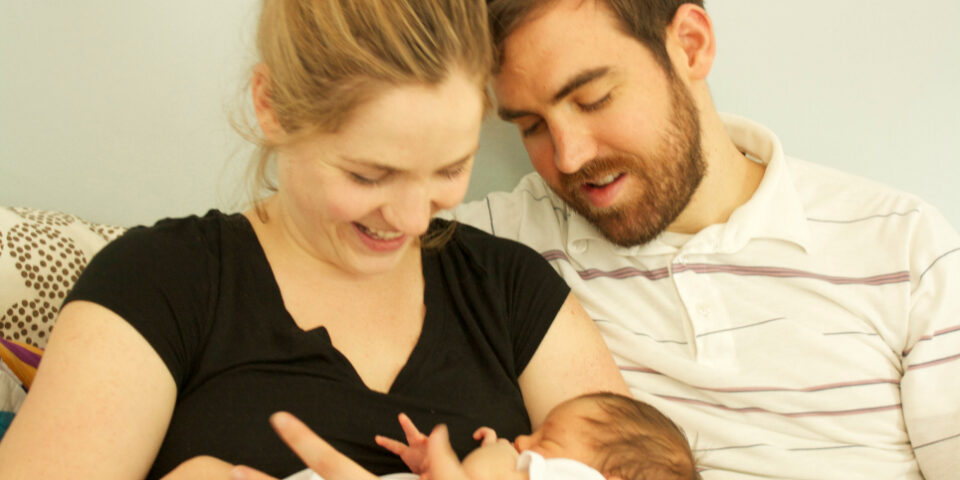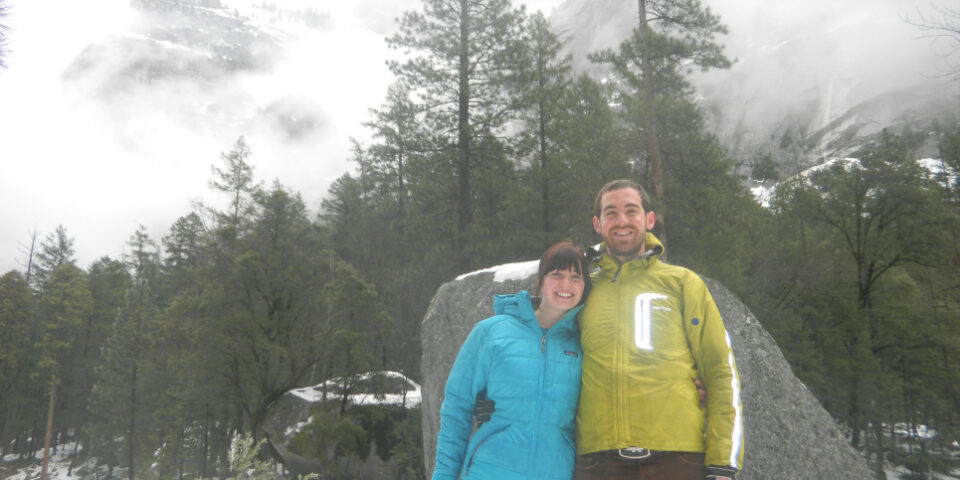I am a life-long Mormon. I have served as a Ward Mission Leader, a Gospel Essentials Teacher, a Primary Teacher, in a Sunday School Presidency, and as a Missionary in Hong Kong, China. My father was raised Mormon in Denmark by his convert mother, and my mother, like me, was raised in the Church in Utah. I am a Mormon not only because it is my culture and my heritage, but more importantly because I cherish the doctrines of agency and the plan of salvation as taught in the Mormon church, because it gives every person the right to choose for themselves whether or not we will accept God’ s invitation to participate in eternal progression.
As I have studied Mormon history, I have come to the conclusion that my Church has regressed as an institution. The Church founded by Joseph Smith was remarkably inclusive – the Priesthood was extended to women (see Mormon Women Have Had the Priesthood Since 1843, by D. Michael Quinn) and extended to members regardless of race/lineage (see Neither White nor Black, edited by Lester E. Bush, et al. and Dispelling the Curse of Cain, by Armand L. Maus). However, church policies evolved and in time those progressive rights and inclusiveness were intermittently given and taken away, steadily reduced, or completely abolished (e.g. priesthood authority given to all men until a change in policy by Brigham Young prohibited any from the lineage of “Cane” [descendants from Africa] from holding the Priesthood – see Neither White nor Black; changes in policy by David O. McKay that transferred entire categories of people from “suspect” to “clear” and switched the burden from the convert to the church for showing “clear lineage” – see The Fading of Pharaohs’ Curse, by Armand L. Maus; women authorized to perform priesthood blessings by the laying on of hands for over 100 years until stopped in 1946 – see A Gift Given, A Gift Taken, by Linda K. Newell; changing policies regarding women praying in church meetings – see Women Praying in General Conference, posted by DefyGravity; etc.).
Furthermore, basing the ability to exercise “God’s power on earth”, i.e. the Priesthood, on biological sex (being male or female) is inherently flawed since it is becoming increasingly clear that sex transcends two narrow categories. Chromosomes aren’t definitive [most men are 46XY and most women are 46XX, but some individuals are born with a single sex chromosomes (45X and 45Y), some with three or more sex chromosomes (sex polysomies – 47XXX, 47XYY or 47XXY, etc.), some males are born 46XX due to the translocation of a tiny section of the sex determining region of the Y chromosome. Similarly some females are also born 46XY (chromosomally male) due to mutations in the Y chromosome, and some individuals are unable to respond to certain male sex hormones, called androgens (e.g. Androgen Insensitivity Syndrome), which results in those individuals having external female genitalia and breast development despite being genetically male, Gender and Genetics Page 2, World Health Organization, and finally, reproductive organs can be ambiguous and/or misleading [see Gender and Genetics Page 2, World Health Organization – Hermaphroditism and see Sister Missionaries and Authority, by Maxine Hanks. A former missionary elder underwent medical tests and was discovered to possess the complete reproductive and sexual organs of a female beneath a superficial, non-functional male organ. By restoring her femaleness she lost her temple marriage, her previously performed ordinances were still deemed valid, her priesthood was not revoked, but she was told she could not exercise it].
Discussions about the sexual spectrum often elicit the same typical responses: those are statistical anomalies, merely birth defects, unfortunate rarities, etc. However a survey of the medical literature from 1955 to 2000 found that the frequency of live births that deviated from ideal “male” or “female” may be as high as 2%, in other words, the number of intersex individuals may be as high as 2 in every 100 live births (biological sex is determined by five factors at birth: 1. the number and type of sex chromosomes 2. The type of gonads (ovaries or testicles) 3. the sex hormones 4. the internal reproductive anatomy (e.g. uterus for females) and 5. the external genitalia – people whose characteristics are all typically male are “ideal male”, people whose characteristics are all typically female are “ideal female”, and people whose characteristics are not either all typically male or female are intersex [see Knox et al., Choices in Relationships: An Introduction to Marriage and the Family, 2010, Wadsworth, Cengage Learning; See “What is Intersex?”, Intersex Society of North America). Some might argue that society shouldn’t change the definition of sex or gender to make it more expansive and inclusive; others might argue that society shouldn’t alter traditional or historic institutions for the sake of a small minority of individuals, e.g. “traditional marriage” versus “marriage equality”. Such an argument reminds me of the size of minority Jesus Christ considered worthy of rescue and defense (See Matthew 18:12-14; Luke 15:3-7 – a good shepherd would rejoice more over finding the one lost sheep than over the other ninety and nine). Biological sex (i.e. male/female) does not clearly break down into two concrete categories and a growing segment of the population is becoming increasingly uncomfortable with the gender (i.e. social construct that varies across different cultures and over time) and/or gender roles (i.e. societal norms for acceptable behavior) assigned them, which makes the prospect of granting or denying the opportunity to assist in the building of the Kingdom of God on the imperfect designation of biological sex particularly dubious. The philosophies of men from the 19th Century may have convinced us that the wholesale exclusion of women from the Priesthood was a reasonable, righteous, noble, and/or chivalrous endeavor in the 19th Century, but it is an untenable philosophy in the 21st Century. I have prayed, and I believe that women should be ordained.







